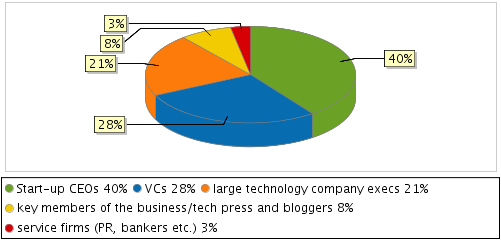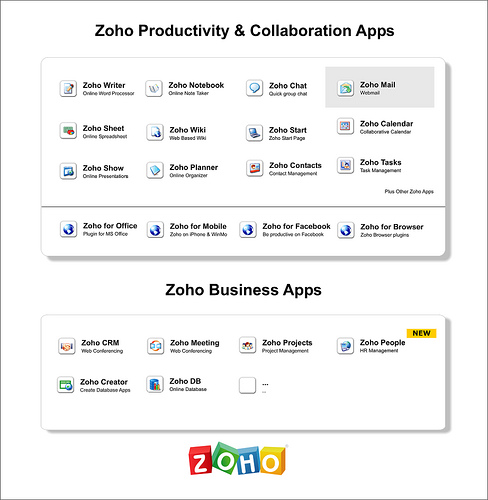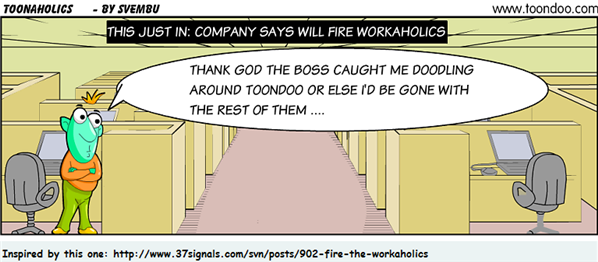I don’t. I’ve been on both sides, as hiring authority and as candidate, and I’ve never hidden my opinion that far too many of them have no clue what they are doing. Like this one who sent me an email solicitation today:
The Company is a leading provider of novel posterior non- fusion spinal implant solutions for the global spine market…
Vice President, Finance & Chief Financial Officer
The Vice President, Finance & Chief Financial Officer is a new position. In addition to the normal financial reporting acumen, the ideal candidate will be expected to have experience in capital formation, specifically the Initial Public Offering (“IPO”) process, and mergers and acquisitions (“M&A”).
Well, thank you Mr … I don’t know how I got on your list, but if you had even remotely checked my profile, you’d know there’s zero fit here. You should get a job – outside recruiting.
P.S. Yes, I know there are good firms, and there is a need for them, and I duly respect the good ones. But this profession is overdue for a housecleaning. 


 Startup Entrepreneurs who did not make it to the recent
Startup Entrepreneurs who did not make it to the recent 
 Under the Radar is the Silicon Valley’s most established startup debut platform: a conference series organized by
Under the Radar is the Silicon Valley’s most established startup debut platform: a conference series organized by 
 Just done with the Your
Just done with the Your  Unless you’ve discovered a new
Unless you’ve discovered a new 

 Zoho, best known for their Web-based Productivity (Office+) Suite today released
Zoho, best known for their Web-based Productivity (Office+) Suite today released 
 I don’t expect their 20th employee to be just as passionate as the Founders, but it can’t be a 9-5 type person either. At this stage they still need driven Team Members, not simply employees.
I don’t expect their 20th employee to be just as passionate as the Founders, but it can’t be a 9-5 type person either. At this stage they still need driven Team Members, not simply employees.

Recent Comments